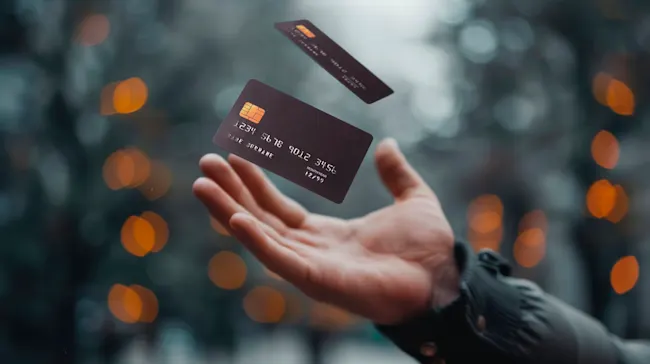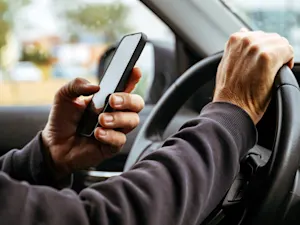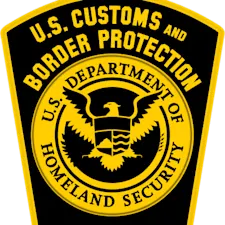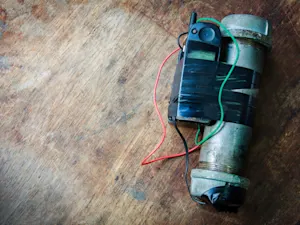
Holiday Shopping Online? Here Are 8 Ways to Protect Your Banking Info
As online shopping remains popular, the convenience of shopping from home also creates a prime opportunity for cybercriminals to target unsuspecting shoppers, especially during the busy holiday season. Cybercriminals often use tactics such as creating fake websites and phishing emails, intercepting insecure transactions and attacking vulnerable computers to steal personal information or money. The good news is many of these online threats can be avoided. Put these eight tips into practice to safeguard your banking information from any would-be Grinches who seek to steal your holiday joy.
1. Time to Clean Your Machine
Before you start searching for that perfect gift online, make sure your devices are ready to keep you safe. This means updating your device, apps, browser, and anti-virus or anti-malware software. These updates are essential because they fix security holes that hackers can try to exploit. If your software is out of date, your personal information could be at risk. By making sure everything is updated, you're adding an extra layer of protection against cybercriminals who might try to steal your data or infect your device with harmful software. This quick step can help ensure you have a safe and worry-free shopping experience.
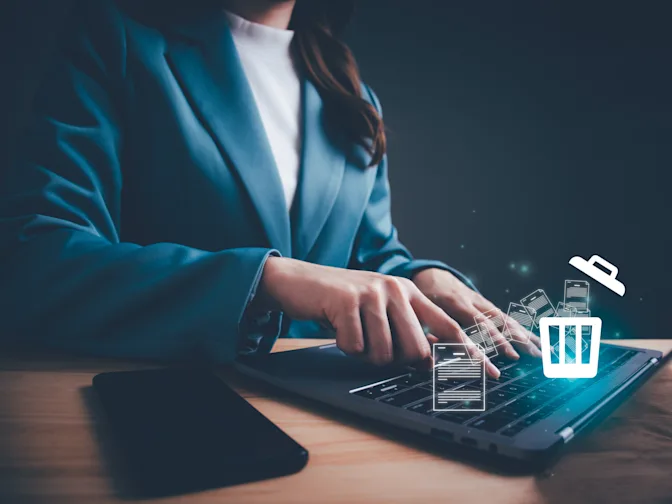
2. Keep an Eye Out for Scams
During the holiday season, you're more likely to come across some common online scams that can trick you into giving away personal information. For example, you might receive fake package tracking emails, fake e-cards, or emails asking you to confirm purchase information. Scammers often use these tactics to make it look like a legitimate company is contacting you, when in reality, they're trying to steal your personal details or money. You might also see emails asking for donations to fake charities. To avoid falling for these scams, it's best not to click on any links in suspicious emails. Instead, go directly to the website by typing the known, trusted URL into your browser. This way, you can make sure you're visiting the right site and not a fake one set up by criminals.

3. Strengthen Your Passwords
When it comes to protecting your online accounts, having strong passwords is one of the most important steps you can take. Make sure your passwords are long, with at least 12 characters, and include a mix of upper- and lower-case letters, numbers, and special characters. The stronger and more complex your password, the harder it is for hackers to guess or crack. Never share your passwords with anyone, even if they seem trustworthy. It's also a good idea to use multi-factor authentication (MFA). This added security requires more than just your password to log in. For example, after entering your password, you might need to enter a code sent to your phone or email or use a fingerprint or face scan. Even if someone gets hold of your password, they won't be able to access your account without this second piece of information. Using strong passwords and enabling MFA whenever possible can greatly reduce the chances of someone hacking into your accounts and stealing your information.
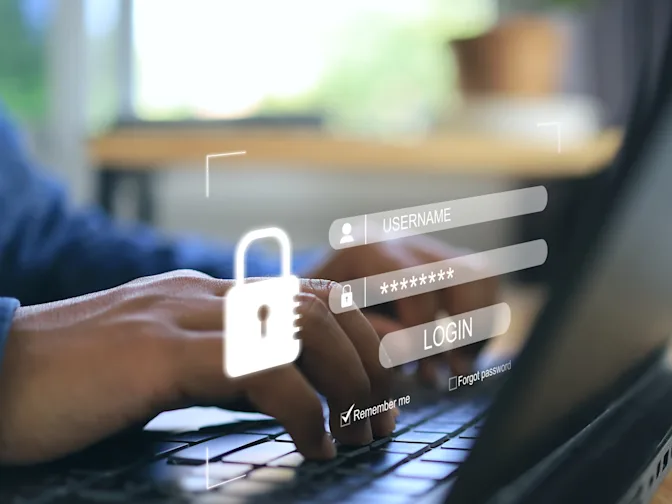
4. Lock Down Your Wi-Fi
To keep your personal information safe from hackers and unwanted snoopers, secure your home wireless network. First, make sure you're using strong encryption, like WPA2, which helps protect the data being sent over your network. Next, create a strong passphrase for your Wi-Fi — at least 12 characters long — and avoid using easy-to-guess words or your name. You should also change the default name of your network (called the SSID) to something unique that doesn't clearly connect to you or your address. Additionally, limit who has access to change settings on your network and only allow trusted people to be administrators. Lastly, check your router's software regularly to make sure it's up to date. Many home routers don't update automatically, so doing this yourself can help fix security issues and keep your network safe.

5. Watch Your Financial Statements
If you notice any strange activity on your bank account or credit card — such as purchases you didn't make, unexpected charges, or a sudden drop in your account balance — these are often the first signs that your financial information or identity may have been stolen. Pay close attention to these warning signs, as thieves can use your information to make fraudulent purchases or open accounts in your name. If you spot anything that seems off, report the issue immediately to your bank or credit card company. The sooner you report a problem, the quicker they can take action to block any further fraud, protect your account, and help you recover your money.

6. Credit, Not Debit
Credit cards usually offer better protection than debit cards if your information gets stolen or used fraudulently. If someone uses your credit card without your permission, you may not be responsible for the charges or may have limited liability. On the other hand, debit cards often don't offer the same level of protection, so it's easier for thieves to take money directly from your bank account. One smart tip is to use a separate credit card just for your online shopping. This won't stop theft from happening, but it will help limit the amount of money a thief could steal. Plus, it makes it easier to spot any fraudulent activity since it will only show up on that one card. This way, you can quickly report any suspicious charges and protect the rest of your finances.
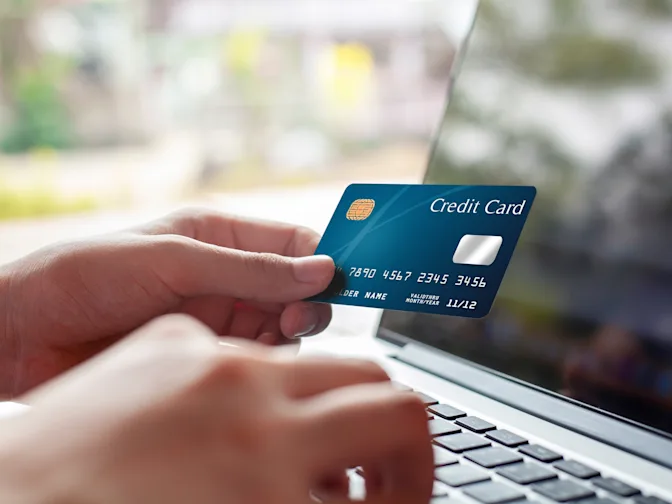
7. Skip the Auto-Save on Passwords
Passwords and credit card numbers automatically saved by websites or apps may seem convenient, but this can actually be risky. If someone gains access to your device or online accounts, they could easily steal all your saved information, including your passwords and payment details. Re-entering your information each time you shop or log in might feel like a hassle, but the small inconvenience is nothing compared to the time, stress, and effort it would take to fix things if your personal information got stolen. By choosing not to auto-save sensitive information, you beef up your accounts' security and reduce the chances of someone accessing your private details. It's a simple step that can protect you from a much bigger problem down the road.
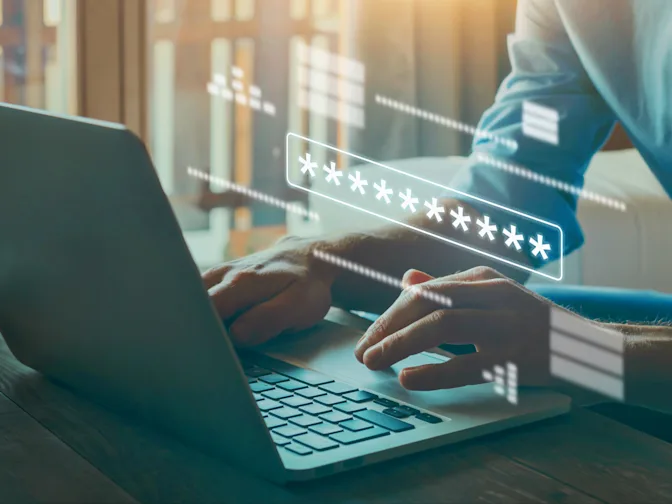
8. Don't Ignore Those Privacy Policies
Before making a purchase or signing up for an account on a website, review the website's privacy policy. This may seem like an extra step, but you need to understand what kind of personal information the website or merchant is collecting from you. The privacy policy will explain things like what data they gather — such as your name, email, credit card information, or browsing history — and how they store that information to keep it safe. It will also tell you how they plan to use your data, such as sending marketing emails or processing your orders. Some websites might even share your information with third parties, like advertisers or other companies, and the privacy policy will tell you if that happens. You can decide whether you're comfortable with how your information will be handled and whether you want to continue using the site.

As you enjoy the convenience of online shopping this holiday season, it's important to take extra steps to protect your bank information and financial security. By using strong passwords, enabling multi-factor authentication, and monitoring your accounts regularly, you can reduce the risk of fraud. Be cautious when sharing sensitive information, avoid auto-saving payment details, and always review the privacy policies of the websites you visit. Remember, while the holiday season is a time for giving, it's also a time when cybercriminals are more active. By staying vigilant and practicing good online security habits, you can enjoy a safe and worry-free shopping experience and ensure your financial information remains protected.
References: Tips to Protect Your Information During the Holiday Online Shopping Season | Protecting Your Identity When Online Holiday Shopping
